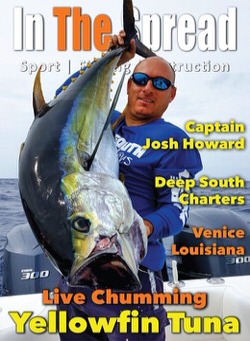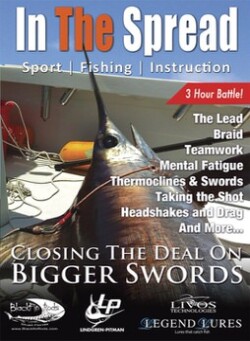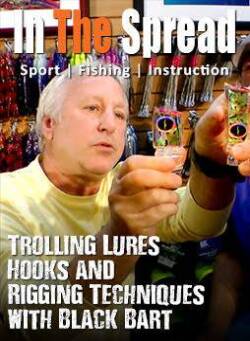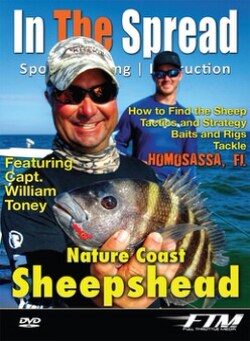Venice, Louisiana offers abundant resources for mangrove snapper, a delectable fish species found in oil platforms. Fishing in the Gulf of Mexico can be fast and furious, with fish reaching up to 20 lbs and averages 7-8 lbs. Captain Josh Howard shares simple yet lethal fishing tips and strategies for chumming mangrove snapper, including making chum, finding fish, and presenting baits. This fishing video is an excellent learning tool for those looking to fish for snapper.
Mangrove Snapper - Chumming
(00:51:40)Chumming for Mangrove Snapper Around Gulf Oil Platforms
Mangrove snapper around Louisiana oil platforms respond aggressively to chum when anglers understand structure positioning, current flow, and the feeding behavior triggered by consistent bait distribution. The mixing of nutrient-rich Mississippi River water with Gulf currents creates dense baitfish concentrations around these structures, drawing snapper that feed opportunistically but remain highly structure-oriented. Success depends on reading how fish relate to the platform based on current direction, water clarity, and competition from other species.
Why Does Chumming Work for Mangrove Snapper Around Platforms?
Chumming exploits the competitive feeding instincts of mangrove snapper in environments where baitfish activity is constant. Oil platforms concentrate fish by providing vertical structure in open water, and a steady chum line triggers feeding responses by simulating natural bait movement. The technique works because it draws fish away from tight structure where they're difficult to target and positions them in open water where presentation and hooksets improve. When executed correctly, chumming creates a feeding zone you control rather than competing with the platform's hiding spots.
What Chum Composition and Techniques Produce Results?
Captain Josh Howard from Deep South Charters demonstrates how chum consistency, particle size, and distribution rate affect fish behavior. Fine-ground chum disperses quickly and draws fish from greater distances, while chunked bait holds fish closer to the boat. Adjust your chum rate based on current speed. In stronger current, increase frequency to maintain scent trails. In slack water, reduce output to prevent overfeeding. The key is establishing a rhythm that pulls fish up and away from structure without satisfying their appetite.
How Do You Adjust Presentation Based on Platform Position and Current?
User Reviews
There are no reviews yet.Josh Howard
Captain Josh Howard, owner of Deep South Charters, has a passion for fishing since he was ten. He has caught two state record fish, including a Greater Amberjack and Bearded Brotula. Howard's personal record for yellowfin tuna is 200 pounds, and he is determined to break the 200-pound mark for the tuna. His dedication to the sport and his love for the ocean make him a true fishing legend.
Read more



